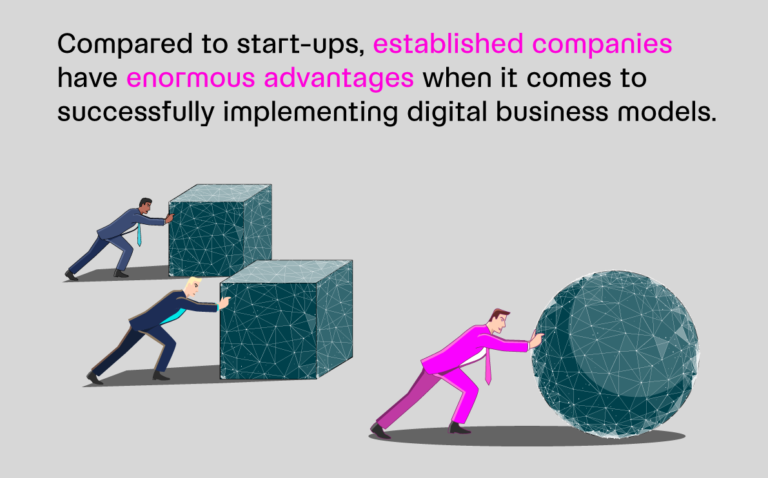If your business is serious about innovation, you need to use design thinking in your critical business and product decisions. Despite its name, design thinking isn’t just for designers. Design thinking is for anyone who is serious about solving problems.
It’s the perfect decision-making framework for startups that want to bridge the gap between what their customers need and profitable digital products.
What is Design Thinking?
Design thinking is a human-centered approach to solving complex problems. It harnesses the power of creativity to develop innovative solutions in all aspects of life.
Think about how a painter works. Everything starts with an idea. But before a masterpiece is painted, the artist will go through an iterative process. The artist might sketch or doodle the new idea. The idea will change as it is first put in a tangible form.
Next, the artist may look for models to give them a better idea of how to paint their idea in a way that others will understand.
The artist will begin to gather the materials they will need for the project. Only then will they start painting. However, most likely, the painting will be revised and restarted multiple times. Nobody gets it perfect on the first try.
After each setback, the artist thinks about what went wrong and how to improve so that the next iteration is closer to the ideal image in the artist’s mind.
Design thinking looks at a problem from different perspectives. The goal is always to create something useful and elegant for the end-user.
3 Key Elements of the Design Thinking Technique
In the world of startups, design thinking has three elements:
- Technical feasibility
- Economic viability
- Human desirability
Ideally, the painter wants to create something within their skill level, that someone will want to buy, and that people will find beautiful.
In a startup developing a digital product, the needs are the same. The product must be technically feasible for your firm. You either need to have the internal programming talent or a way to partner with someone else to secure the right talent.
You want to create a product that will make a profit. That means you have to control development costs, and you need a target market willing and able to pay a high enough price for you to justify development costs.
You also need to make something that people want to buy. Strangely, this is the element that many startups stumble over. You need a core understanding of what your target market wants and needs.
How to Get Started with the Design Thinking Approach
How do you get started using design thinking in your organization? Here are some ways to use this approach:
- Gather ideas
- Build prototypes
- Turn problems into questions
- Research
Because it is human-centered, you have to be empathetic to the end-user of your product. You will need to observe and interview real people who would use your product. Listen when they tell you what they want and what they don’t need.
Design thinking is iterative. While the painter sketches ideas, you need to build prototypes of your ideas. Use the prototypes to better understand any unmet needs in the marketplace and your proposed solution. You won’t get it right the first time.
Often problems become endpoints. But, with design thinking, you turn problems into questions that spark further innovation. A problem becomes another way to brainstorm and improve the product by taking it in unexpected ways.
The answers to digital product development problems are not buried in lines of code—they are hidden in the past, present, and future experiences of your target market. You need to see how real people have dealt with the problems you want to solve in the past, how they are dealing with the problems today, and imagine how they might solve those problems in the future.
Design thinking works because when you make human-centric business and product decisions, your product becomes what your target market wants instead of what you think your market wants.
At Venture Leap, we help entrepreneurial teams build and launch their digital products. Get in touch or book a free session below if you want to know how can take your idea to the next step and develop a minimum viable product that works.

Philipp Noack –
Co-Founder Venture Leap
Let’s talk about your project!
At Venture Leap, we help entrepreneurs realize their vision – Let’s chat about how you can go from an idea to a marketable MVP in 3 months!




